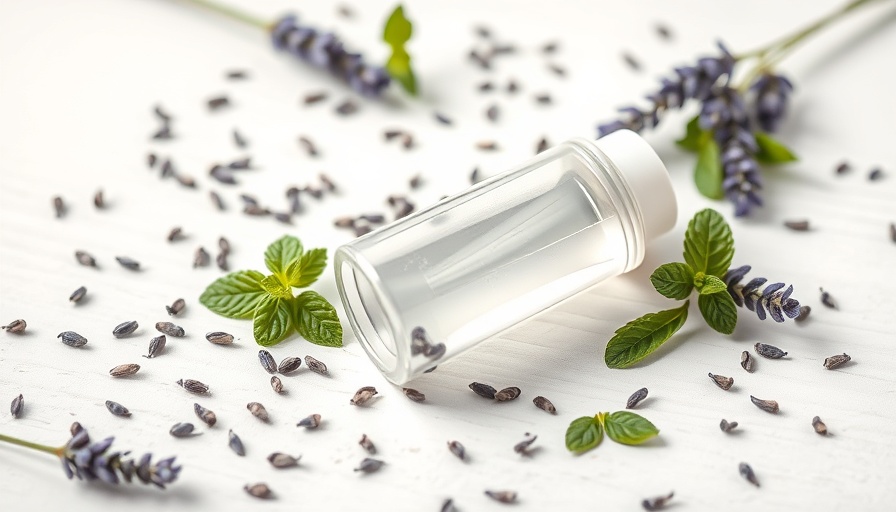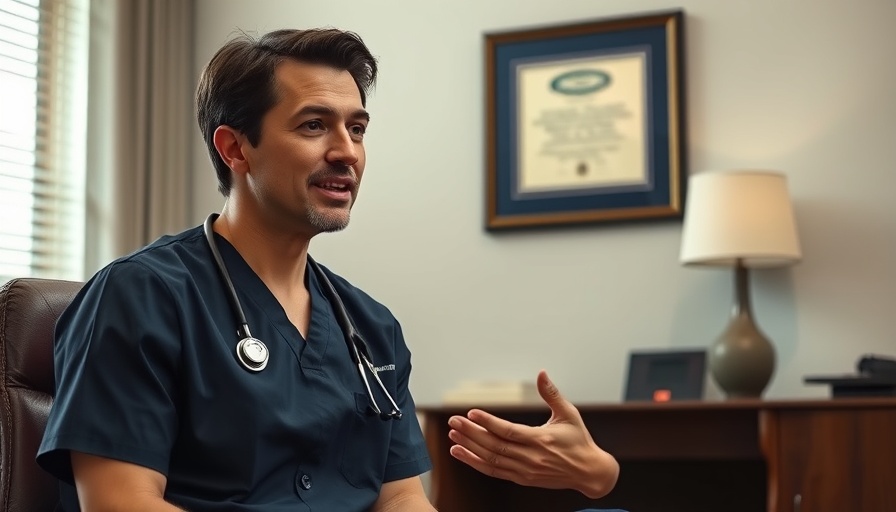
Why Ditching Store-Bought Scents Makes Sense
The allure of a beautifully packaged perfume can be hard to resist. Yet, the underlying truth about many commercial fragrances is alarming. Most of these products contain synthetic chemical mixtures that can lead to a myriad of health concerns. Migraines, skin irritations, and even hormonal disruptions are often linked to the ingredients hidden beneath the general label of 'fragrance.' On the contrary, DIY essential oil perfumes offer a safe, customized alternative that not only smells delightful but also promotes well-being.
The Hidden Dangers of Synthetic Fragrances
Consider this: many popular perfumes are engineered using a cocktail of harmful chemicals designed to prolong shelf life and enhance scent, yet they pose significant health risks. Ingredients like aldehydes and BHT (Butylated Hydroxytoluene) might make your perfume last longer, but they can also trigger health issues like asthma and migraines. When you choose to craft your scent using essential oils, you dodge these dangerous substances, tapping into the pure essence of plants instead. Essential oils have been revered for centuries, not just for their enchanting aromas but also for their therapeutic properties.
Decipher the Language of Fragrance
To successfully create your DIY perfume, it’s essential to understand the building blocks of fragrance—head, heart, and base notes. Head notes provide the initial scent impression right after application, heart notes emerge as the fragrance settles, and base notes provide depth and longevity. A successful blend takes into account these layers to create a harmonious scent experience that evolves beautifully over time.
Tips for Crafting Your Unique Perfume
When diving into the world of DIY perfume, choosing the right base is crucial. Carrier oils such as jojoba or fractionated coconut oil work wonderfully for oil-based perfumes, as they have little to no scent and facilitate skin absorption. If you prefer an alcohol base, opting for a high-proof alcohol can help your scent last longer. A general rule of thumb is to use about 20% essential oils to 80% carrier oil or alcohol, creating a balance that is both fragrant and safe.
The Joy of Personalization: Crafting Your Signature Scent
Handcrafted perfumes not only allow for customization based on personal scent preferences but also reflect individuality. Experimentation is key—try different essential oils such as lavender for calming effects, citrus for energizing notes, or sandalwood for grounding depth. By blending scents that resonate with your personality, you not only create a unique signature scent but also weave in emotional significance.
Safety Tips and Storage Recommendations
Once your personalized perfume is mixed, proper storage extends the life of your creation. Keep your concoction in a cool, dark place within an amber or cobalt glass bottle—this protects it from the light and preserves the integrity of the oils. Be aware that natural scents may evolve over time, giving you a new olfactory journey with each use.
Frequently Asked Questions about DIY Essential Oils
Many people have questions about the efficacy and safety of essential oils. For instance, can anyone use them? While most can benefit from essential oils, it’s important to consider skin sensitivity and possible allergies. Always conduct a patch test before widespread use, and when in doubt, consult with a healthcare professional.
To Conclude: The Empowerment of Creating Your Own Fragrance
Embracing natural alternatives like DIY essential oil perfumes not only fosters a connection to wellness but empowers you to take control of what you apply to your skin. The journey of creating a unique scent is not just about fragrance; it is a pathway to personal expression and self-care. Why not take the plunge and craft your own signature scent today? Let the world experience your unique beauty in its purest form.
 Add Row
Add Row  Add
Add 




Write A Comment